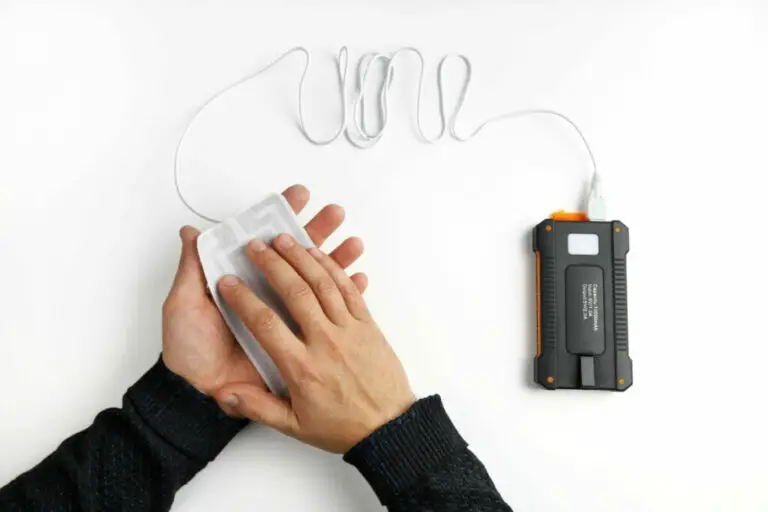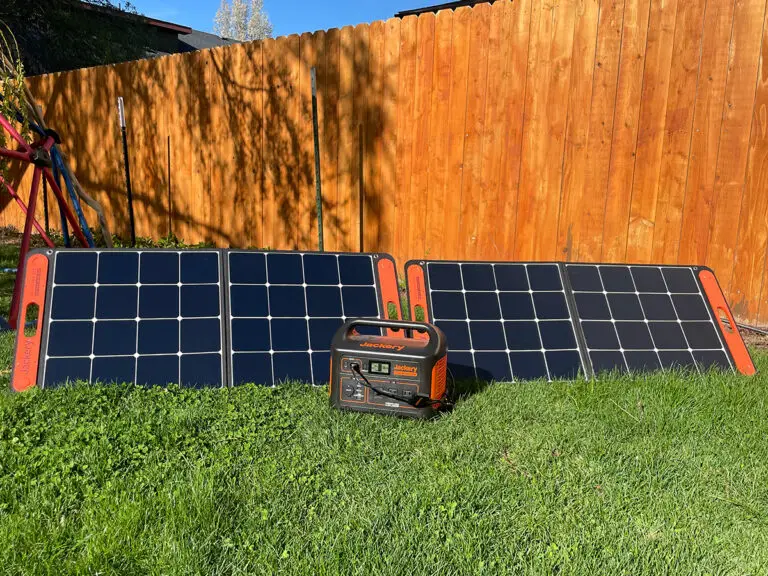
Emergency blankets are essential emergency items, but most people think that they can only be used once. If you want to reuse an emergency blanket, how do you care for it properly?
To make an emergency blanket last, keep it clean, handle it with care, and don’t handle it aggressively. If unopened, emergency blankets last for 1 to 2 years. Regular subsequent use will shorten an emergency blanket’s lifespan. Never reuse an emergency blanket if it doesn’t retain heat, or is torn.
To learn more about how long emergency blankets last and how to make them last as long as possible, keep reading.
How Long Do Emergency Blankets Last?
An unopened emergency blanket generally lasts for 1 to 2 years in storage. Depending on the materials an emergency blanket is made of, the frequency of use, and the blanket’s exposure to outdoor elements, an emergency blanket typically lasts for up to 1 year after it is opened. Depending on the type of blanket you choose, and how you care for it can greatly determine whether it will last a year or longer.
However, if you clean, use, and store an emergency blanket properly, you can make it last for up to 2 years, especially if you don’t use it very often. Emergency blankets are also fairly cheap. On Amazon, you can find a blanket for as low as nine dollars. Having a blanket in the case of an emergency can make all the difference.
Can an Emergency Blanket be Reusable?
Yes, emergency blankets can be reused if they are cared for properly, since the materials are durable enough for them to be reused more than once. Make sure you place your emergency blanket in the car in the case of an emergency, or cold/bad weather. Consider purchasing a higher quality emergency blanket if you are planning on reusing it.
How to Handle, Clean, and Store an Emergency Blanket to Make it Last Longer
Handling
To make your emergency blanket last longer, you must always handle it with care when used. Adrenaline tends to be high during emergencies depending on the seriousness of the situation, which can lead to hasty decisions and mistakes. Keep in mind that though emergency blankets are durable for their intended use, they are relatively lightweight and fragile.
Handling with care means not aggressively removing the emergency blanket from its packaging in order to use it quickly. This can risk the blanket being ripped and torn in the process. Yes, emergencies are stressful, but remain calm and carefully remove and unfold the emergency blanket. Having an intact emergency blanket is better than rushing to stay warm and tearing it in the process.
During use, maintain this carefulness throughout the event as the emergency blanket remains vulnerable to damages from other sources (i.e. environmental elements) such as fire and rain. If there are any damages to the blanket, it would need to be replaced. Be as careful as possible when handling the blanket so it doesn’t rip, and be aware of your surroundings while it’s in use. Whether you’re using it in your car, or while camping, it won’t take much to tear it, which you want to avoid at all costs.
Cleaning
Make sure the emergency blanket is completely dry before folding and storing it. Use paper or cloth towels to gently wipe away any dirt, grime, and other debris. If debris is stuck, use a toothbrush or other brush that doesn’t have sharp bristles to loosen the stuck-on debris. Let the emergency blanket air dry.
Consider washing the blanket every year to prevent any dust buildup. To dry an emergency blanket, make sure you tumble dry the blanket on no heat, or just let it air dry. This will prevent any damages to your blanket. Put the blanket into a ziplock bag to hide the blanket from the elements. Keeping the blanket as fresh as possible will make the event of a disaster a more comfortable experience for you and your family.
Storing
Once the emergency blanket is completely dry, store the emergency blankets in a protective storage case or other dry area. Basic storing locations are not the only thing that matters when it comes to general storing. It’s important to fold your emergency blanket, rather than shoving it into your storage. Shoving a blanket can result in unwanted wrinkles, and it takes up more space than neatly folding the blanket.
Re-folding the emergency blanket tightly is necessary to keep it from wearing out and losing its heat-retention properties. Folding the emergency will not only prevent it from tearing when handled in its folded form compared to a loose, unfolded one, but will keep its aluminum coating (coating intended to deflect wind and cold away from the user while retaining body heat within the blanket, kind of like a windbreaker) from chipping away.
How to Determine When an Emergency Blanket Can’t Be Reused
When a blanket is displaying visible torn areas, do not use it unless it’s all you have left. The same is true if the aluminum coating starts to go bad, or wear from use. If too much of the coating is removed (i.e. faded) from previous uses, you will need to replace the blanket, as the aluminum coating and other similar materials are the foundation of heat retention and deflection.
Finally, if a single use of an emergency blanket has been extensive, several days or weeks, then it will be best to replace it as soon as possible. Like their name insinuates, emergency blankets are only meant for emergencies because they’re not durable, and they can’t really be fixed once they start to wear down. If it tears and your circumstances dictate that you still need to be using it, you can temporarily patch it with duct tape, but there’s not much you can do when the coating on the blanket begins to wear away.
In the end, emergency blankets are a reliable way to retain body heat while preventing outside elements from entering. The longevity of these emergency blankets will depend on how the user handles, cleans, and/or stores the item. Finally, know when it is time to replace an emergency blanket no matter how well you cared for it.






